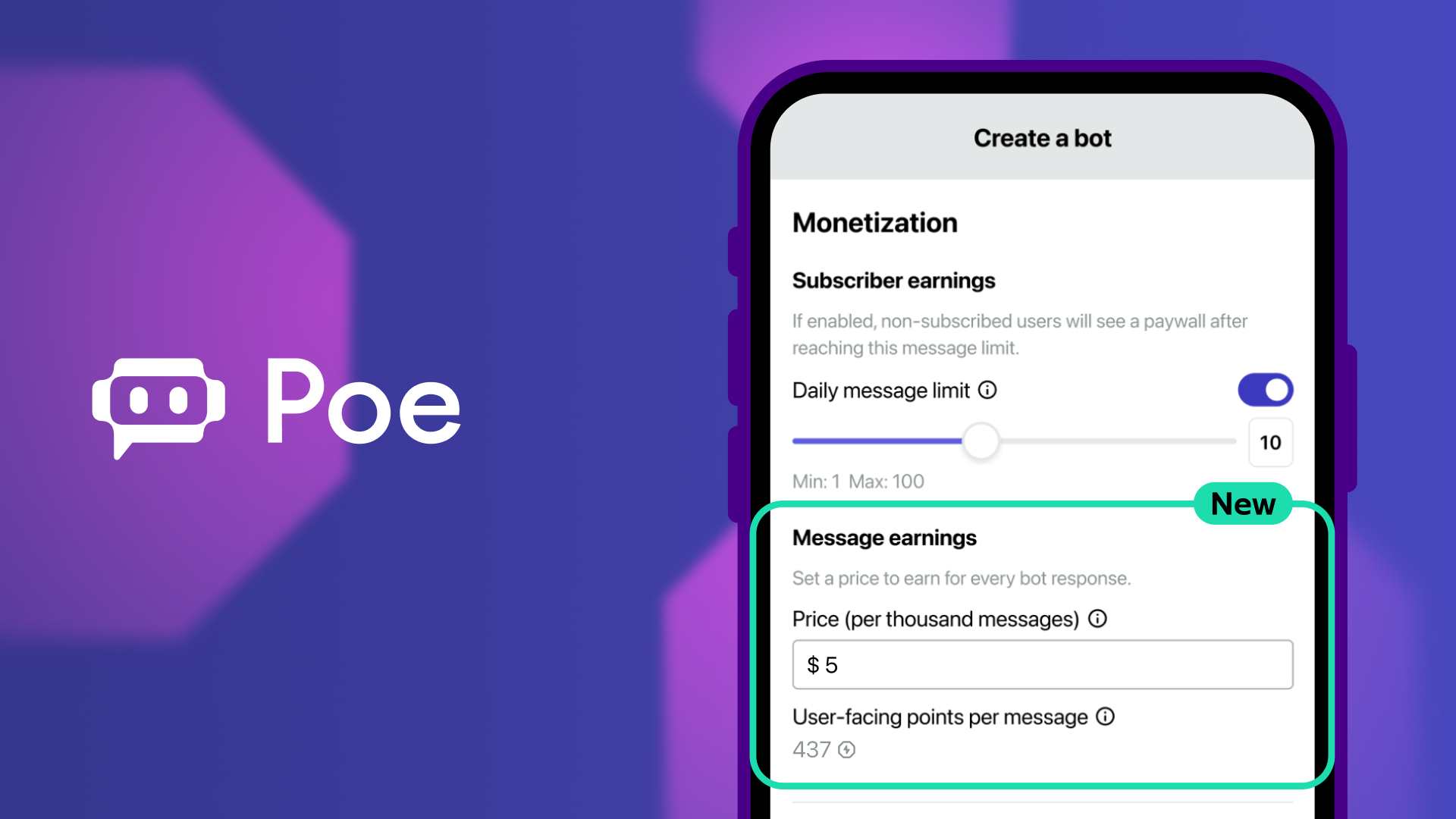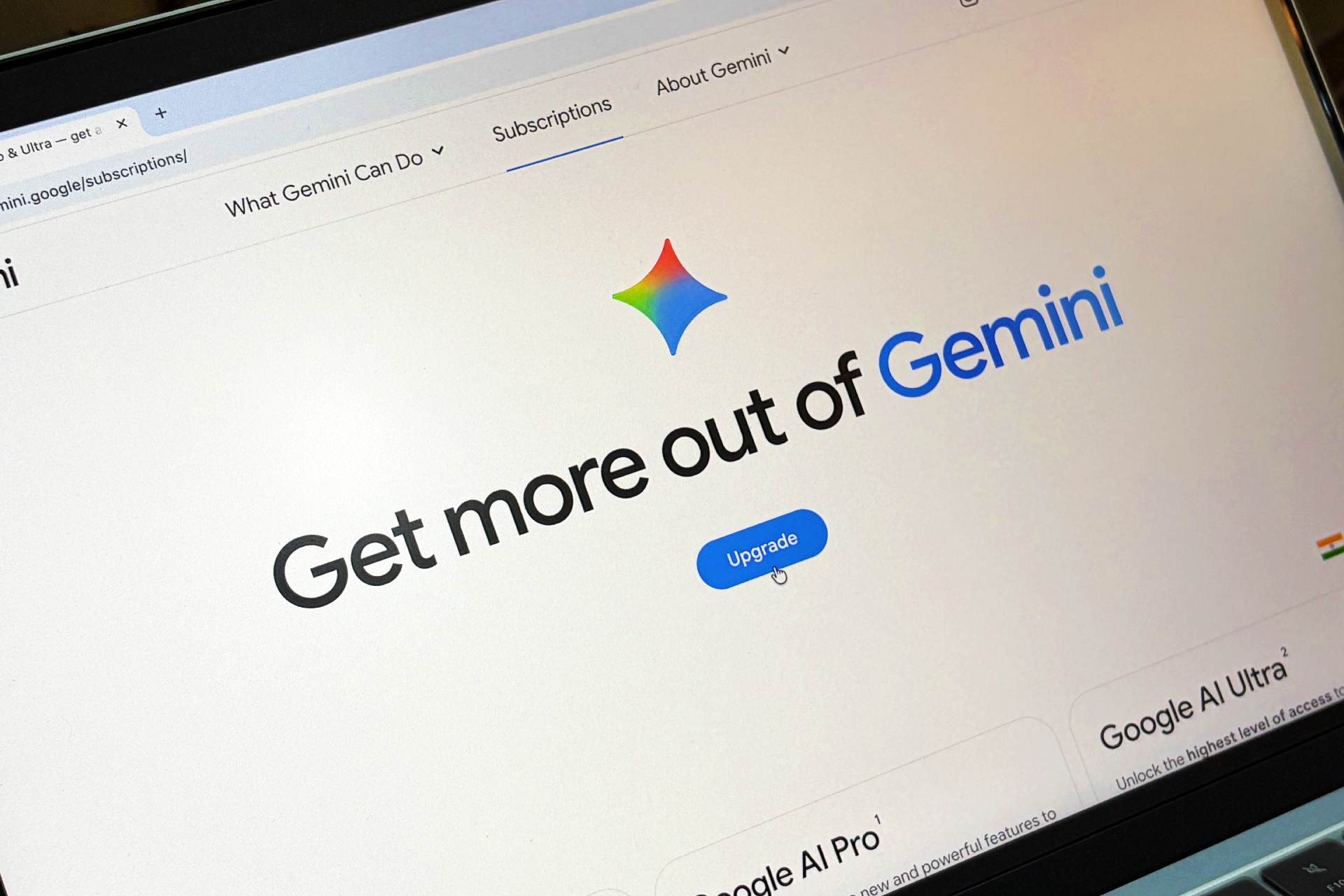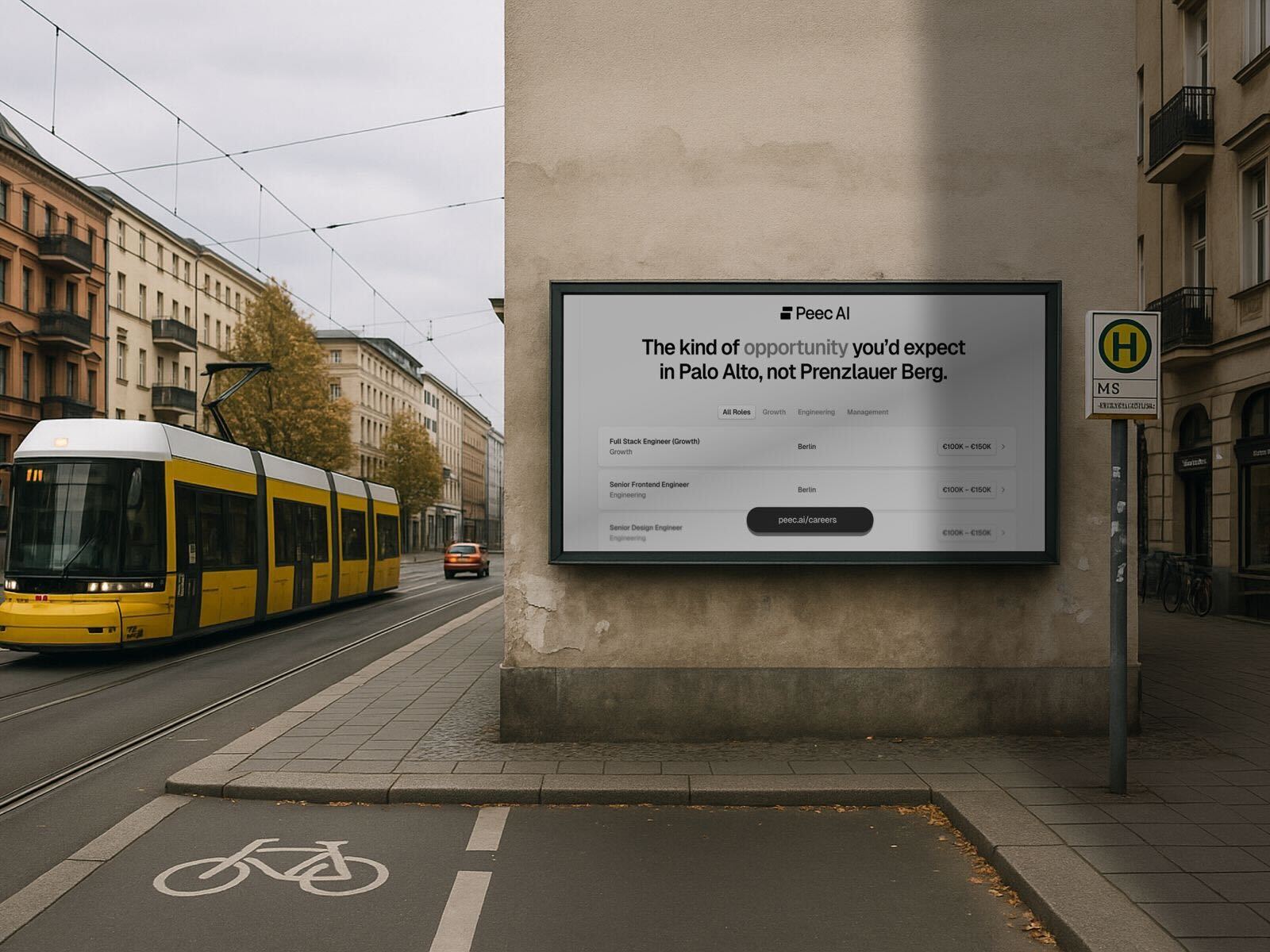
The landscape of venture capital, long heralded as a dynamic engine of innovation and high returns, is undergoing a profound transformation, leaving its primary financial backers, known as Limited Partners (LPs), grappling with unprecedented challenges. These institutional investors – a diverse group including university endowments, pension funds, sovereign wealth funds, and family offices – are confronting an asset class increasingly characterized by extended fund lifecycles, a significant disconnect between private valuations and market realities, and a highly competitive fundraising environment favoring established giants over nascent managers. This intricate web of shifts, recently illuminated by a panel of prominent LPs managing over $100 billion, signals a necessary recalibration across the entire venture ecosystem.
Historically, venture capital funds typically operated on a 10-year cycle, occasionally stretching to 12 or 13 years. This timeframe was designed to allow venture capitalists (General Partners or GPs) to identify promising startups, nurture their growth through several funding rounds, and ultimately achieve a lucrative exit, such as an Initial Public Offering (IPO) or an acquisition, returning capital to their LPs. However, a startling new reality has emerged: funds are now living far longer than originally anticipated, with many stretching to 15, 18, or even 20 years.
Adam Grosher, a director at the J. Paul Getty Trust, which oversees a substantial $9.5 billion portfolio, highlighted this phenomenon, noting, "In our own portfolio, we have funds that are 15, 18, even 20 years old that still hold marquee assets, blue-chip assets that we would be happy to hold." Yet, he underscored the critical implication: the asset class has become significantly more illiquid than its history might suggest. This extended timeline is not merely an inconvenience; it forces LPs to fundamentally rethink and rebuild their capital allocation models, often leading to more conservative deployments to avoid overexposure and maintain portfolio balance. Lara Banks of Makena Capital, managing $6 billion in private equity and venture capital, confirmed this strategic shift, revealing her firm now models an 18-year fund life, anticipating the bulk of capital returns in the later stages, specifically years 16 through 18.
The Evolution of Fund Lifespans and Its Ramifications
The prolongation of venture fund lifecycles is a complex issue with roots in several intertwined trends. Firstly, the nature of innovation itself has evolved. Many of today’s groundbreaking technologies, particularly in deep tech, biotech, and complex enterprise software, require longer gestation periods and more substantial capital infusions before reaching maturity or profitability. Building a successful AI company, for instance, involves extensive research, development, and data acquisition, often delaying the path to market readiness and viable exit opportunities.
Secondly, the public markets have become less hospitable for earlier-stage companies. The number of IPOs has declined significantly over the past two decades, with companies opting to remain private for longer. Factors contributing to this include increased regulatory burdens associated with public listing (such as Sarbanes-Oxley), greater access to private capital that can sustain growth without public scrutiny, and a desire by founders to maintain control. This shift means that the traditional exit avenues are either delayed or less frequent, compelling GPs to hold onto their portfolio companies for extended durations.
For LPs, this translates into capital being tied up for far longer than initially projected, impacting their internal rates of return (IRR) and overall portfolio liquidity. Endowments and foundations, for example, rely on consistent distributions from their investments to fund their operations and grant-making activities. Prolonged fund lives can disrupt these cash flow projections, making it challenging to meet their annual spending commitments and reallocate capital to new opportunities. This predicament underscores the growing importance of active portfolio management, where engaging with the secondary market has become not just an option, but an essential component of liquidity strategy. Matt Hodan of Lexington Partners, one of the largest secondaries firms with $80 billion under management, emphatically stated, "I think every LP and every GP should be actively engaging with the secondary market. If you’re not, you’re self-selecting out of what has become a core component of the liquidity paradigm."
The Stark Reality of Valuation Discrepancies
Beyond the extended timelines, LPs are also contending with a significant and often painful valuation disconnect. The exuberant investment environment of 2021, fueled by readily available cheap capital, low-interest rates, and a "growth at all costs" mentality, inflated valuations to unprecedented levels. Many startups, particularly in the technology sector, commanded sky-high multiples based on projected future growth rather than current revenue or profitability. However, as interest rates began to rise, inflation became persistent, and broader economic uncertainties mounted, the market’s appetite for risk diminished sharply. Public market multiples for tech companies compressed dramatically, leading to a ripple effect in the private markets.
Panel moderator Marina Temkin of TechCrunch shared a stark anecdote: a portfolio company previously valued at 20 times revenue recently received an offer of just 2 times revenue in the secondary market – a staggering 90% markdown. This example illustrates the chasm between venture capitalists’ internal perceptions of their portfolios’ worth and what actual buyers are willing to pay. Michael Kim, founder of Cendana Capital, which manages nearly $3 billion focused on seed and pre-seed funds, elaborated on this, noting that when firms like Lexington Partners conduct rigorous valuations, GPs might face "80% markdowns on what they perceive that their winners or semi-winners were going to be."
This phenomenon is particularly acute for what Kim termed the "messy middle": businesses generating $10 million to $100 million in annual recurring revenue, growing at a modest 10% to 15%, but which secured billion-dollar-plus valuations during the 2021 boom. These companies, once heralded as future unicorns, now find themselves in a precarious position. Private equity buyers and public markets are pricing similar enterprise software companies at a conservative four to six times revenue, making the 2021 valuations appear utterly detached from reality.
The rapid rise of artificial intelligence has further complicated matters. Companies that prudently chose to "preserve capital and sustain through a downturn" saw their growth rates stagnate, while AI-native solutions captured market attention and investment. Hodan explained that these companies are now "in this really tricky position where if they don’t adapt, they’re going to face some very serious headwinds and maybe die." This creates immense pressure for founders and their VC backers to pivot, reinvent, or face potential obsolescence, highlighting the brutal pace of technological evolution and its immediate impact on valuations.
The Emerging Manager Squeeze: A Funding Desert
The current funding environment presents a formidable barrier for new and emerging fund managers. While the boom years saw a proliferation of "tourist fund managers" – individuals with tangential experience venturing into venture capital – the market has since contracted, with institutional LPs exhibiting a pronounced flight to quality. Kelli Fontaine of Cendana Capital presented a sobering statistic: "In the first half of this year, Founders Fund raised 1.7 times the amount of all emerging managers. Established managers in total raised eight times the amount of all emerging managers."
This concentration of capital reflects a strategic shift among LPs. Many institutions, having committed substantial sums to venture capital during the peak, found themselves overexposed to the asset class. Now, they are pulling back and consolidating their investments into larger, more established "platform funds" like Founders Fund, Sequoia, and General Catalyst. These firms offer perceived stability, a proven track record, and diversified portfolios that can weather market fluctuations more effectively. While some LPs, like Makena Capital, continue to back a steady number of new managers each year, the dollar amounts deployed into these emerging funds are significantly smaller compared to their commitments to mega-funds.
The silver lining, as Kim pointed out, is the "flushing out" of less serious "tourist fund managers." This market correction, while painful for many, could ultimately lead to a more disciplined and experienced pool of GPs, ensuring that future capital is allocated to those with genuine expertise and commitment. However, it also raises concerns about the diversity of thought and innovation, as capital becomes increasingly concentrated in a select few.
Is Venture Capital an Asset Class? A Shifting Identity
The panel also delved into a provocative question recently posed by Sequoia’s Roelof Botha: "Is venture capital really an asset class?" The LPs largely concurred with Botha’s sentiment, albeit with nuances. Michael Kim articulated this perspective, stating, "I’ve been saying for 15 years that venture is not an asset class." Unlike public equities, where managers typically cluster within one standard deviation of a target return, venture capital exhibits an extreme dispersion of returns. The best-performing managers significantly outperform all others, creating a highly skewed distribution where a small percentage of funds generate the vast majority of returns.
For institutions like the J. Paul Getty Trust, this dispersion creates significant planning challenges. Grosher noted the difficulty in making reliable plans around venture capital due to the unpredictability of returns. Their solution has been to combine exposure to platform funds, which offer "some reliability and persistence of returns," with an emerging manager program designed to generate "alpha" – returns above market benchmarks – through high-potential, albeit higher-risk, investments.
Lara Banks offered a slightly different, forward-looking view, suggesting that venture’s role is evolving beyond merely being "a little bit of salt on the portfolio." She cited Makena’s exposure to Stripe as a strategic hedge against Visa, envisioning how Stripe, potentially leveraging crypto rails, could disrupt traditional payment networks. This perspective positions venture capital not just as a source of direct financial returns, but as a tool for managing broader disruption risk across an LP’s entire investment portfolio.
The Normalization of Strategic Secondaries
A notable shift discussed was the normalization of GPs selling portfolio company stakes into "up rounds" – not just distressed assets – often through the secondary market. Historically, engaging in secondary sales carried a stigma, often signaling a fund’s distress or a mistake in investment. As Michael Kim observed, "10 years ago, if you were doing a secondary, the unspoken thing was that, ‘We made a mistake.’ Today, secondaries are most definitely part of the toolkit."
This cultural shift reflects a more pragmatic and sophisticated approach to portfolio management. Kelli Fontaine shared that "A third of our distributions last year came from secondaries, and it wasn’t from discounts. It was from selling at premiums to the last round valuation." This indicates that GPs are strategically monetizing partial stakes in successful companies earlier in their lifecycle to return capital to LPs, rather than holding on indefinitely for a massive "home run" exit.
The rationale is clear: if an asset has grown to represent a significant portion of a fund’s value, holding onto the entire stake might not be the most efficient strategy. As Fontaine posed, "If something is worth three times your fund, think about what it needs to do to become six times your fund. If you sold 20% off, how much of the fund are you going to return?" This echoes sentiments from veteran investors like Charles Hudson, who previously suggested that early-stage investors are increasingly forced to think like private equity managers, optimizing for cash returns rather than solely chasing outsized exits. His analysis showed that while selling at Series A stages might not always yield optimal results, selling at Series B could lead to a "north of 3x fund," a very respectable return. This strategic use of secondaries represents a maturation of the venture capital market, offering a crucial liquidity mechanism and a tool for proactive portfolio management.
Navigating the New Environment: Advice for Managers
For aspiring and current fund managers navigating this challenging environment, the panel offered blunt advice. Michael Kim recommended that new managers "network to as many family offices" as possible, describing them as "typically more cutting edge in terms of taking a bet on a new manager." He also suggested leveraging co-investment opportunities, including offering fee-free, no-carry co-investment rights, to entice family offices. The reality, Kim stressed, is that it’s "going to be really hard to convince a university endowment or a foundation… to invest in your little $50 million fund unless you’re super pedigreed – [meaning] maybe you’re a co-founder of OpenAI."
In terms of manager selection, the LPs were unanimous: proprietary networks are largely a myth in today’s hyper-connected world. "Nobody has a proprietary network anymore," Fontaine stated, adding that "If you’re a legible founder, even Sequoia is going to be tracking you." Cendana Capital, for instance, focuses on three critical aspects: a manager’s access to founders, their ability to select the right founders, and, crucially, their "hustle."
Kim elaborated on the importance of "hustle," explaining that "Networks and domain expertise have a shelf life. Unless you’re hustling to refresh those networks, to expand those networks, you’re going to be left behind." He cited the example of Casey Caruso of Topology Ventures, a former Google engineer who immerses herself in hacker houses, even competing in hackathons, to genuinely connect with founders. This contrasts sharply with a hypothetical "57-year-old fund manager living in Woodside" who might lack such grassroots access.
Regarding sector and geographic focus, the consensus pointed to AI and "American dynamism" as dominant themes, along with managers based in or with easy access to San Francisco. Traditional strengths in specific regions were also acknowledged: biotech in Boston, fintech and crypto in New York, and Israel’s resilient ecosystem. Banks expressed confidence in a forthcoming "new wave" in the consumer sector, noting that "Platform funds have kind of put that to the side, so it feels like we’re ripe for a new paradigm."
In conclusion, the venture capital ecosystem is undergoing a significant paradigm shift. LPs are moving from a passive, long-term holding strategy to a more active, analytical approach, driven by extended fund lifespans, valuation realignments, and intense competition for capital. While challenges abound, particularly for emerging managers, the changes are also fostering a more mature, strategically-minded industry that is adapting to new economic realities and technological imperatives, ultimately reshaping how innovation is funded and brought to market.




